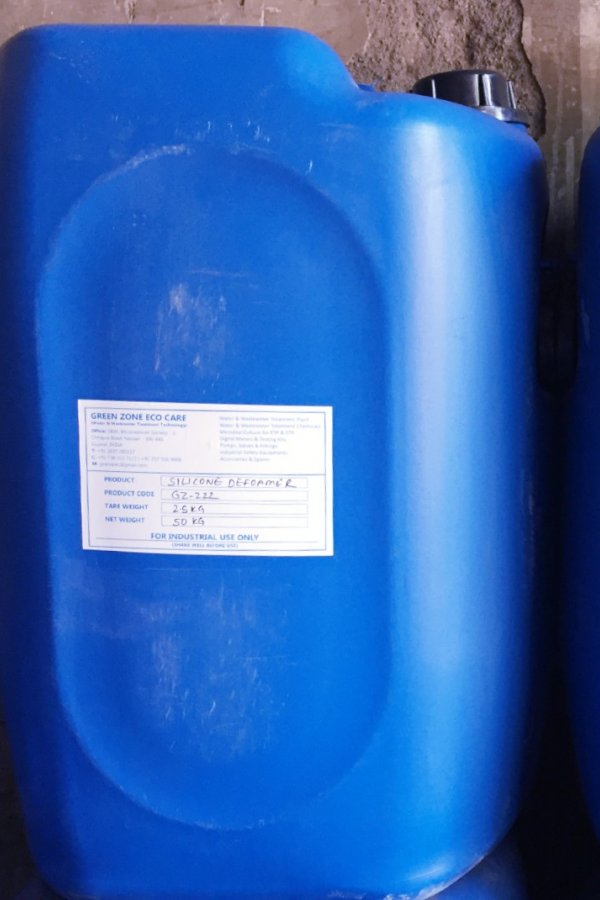

Defoamers or antifoams are chemical additives that are commonly used in wastewater treatment to control the formation of foam. Foam can be a major issue in wastewater treatment plants and can cause a number of problems, including reduced efficiency, equipment damage, and health and safety risks. Defoamers are designed to break down foam and prevent it from forming in the first place.
Defoamers work by reducing the surface tension of the liquid, which causes the foam bubbles to burst. This is achieved by adding small amounts of defoamer to the wastewater treatment process. Defoamers are typically made from a variety of materials, including silicone, mineral oil, and fatty acid derivatives.
In wastewater treatment, defoamers are often used in aeration tanks, settling tanks, and other areas where foam can be a problem. They can be added directly to the wastewater, or they can be sprayed onto the surface of the foam. It is important to use the correct type and amount of defoamer, as using too much can lead to other problems, such as reduced oxygen transfer and increased chemical usage.
Overall, defoamers are an important part of wastewater treatment and can help to improve the efficiency and effectiveness of the process. They are a simple and cost-effective solution to foam-related problems and are widely used in the industry today.
We offer a defoamer designed to provide optimum antifoam performance combined with good dilution stability and good foam knockdown performance.
Features: